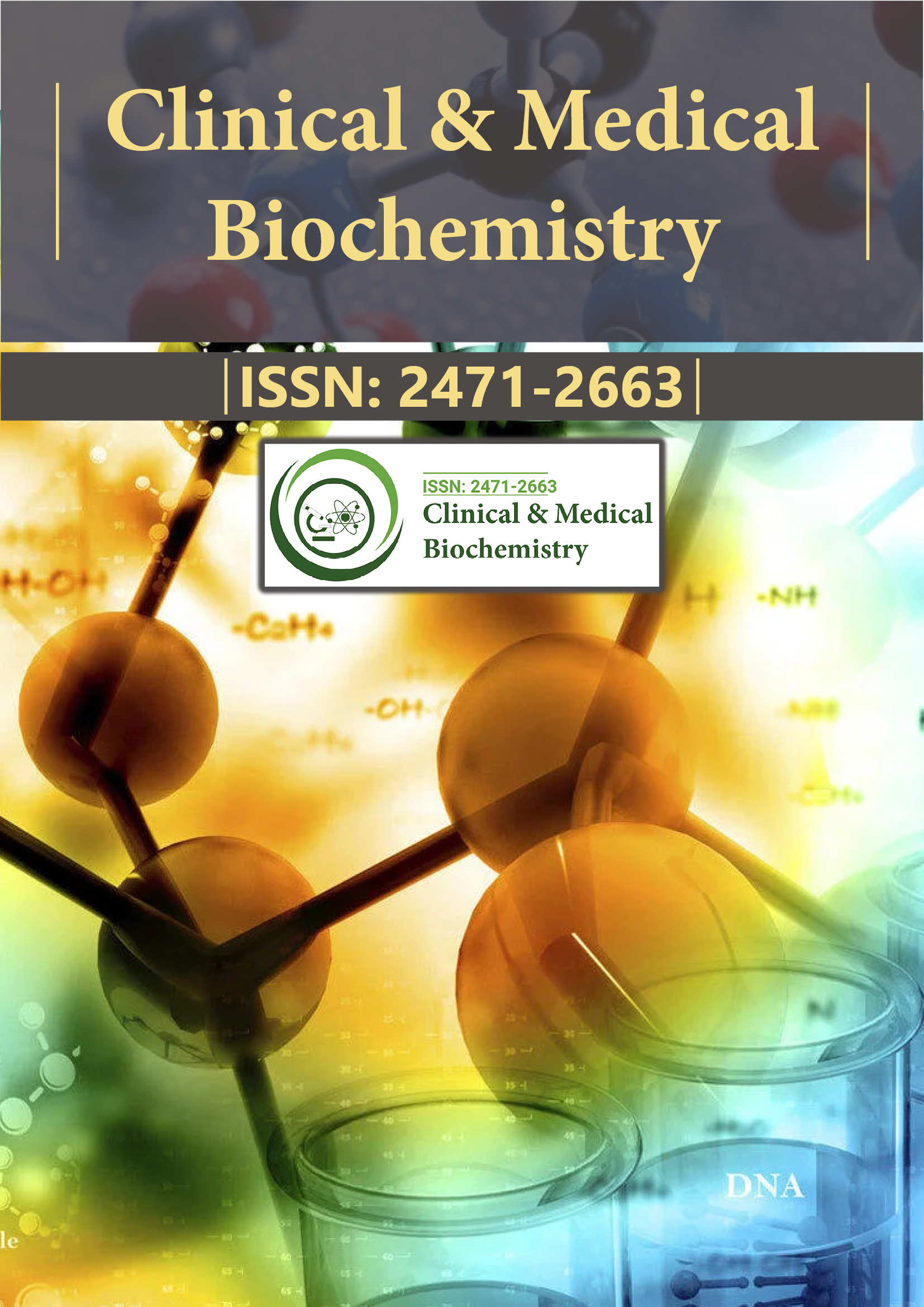Indexé dans
- RechercheRef
- Répertoire d'indexation des revues de recherche (DRJI)
- Université Hamdard
- EBSCO AZ
- OCLC - WorldCat
- érudit
- Publions
- Pub européen
- Google Scholar
Liens utiles
Partager cette page
Dépliant de journal

Revues en libre accès
- Agriculture et aquaculture
- Alimentation et nutrition
- Biochimie
- Bioinformatique et biologie des systèmes
- Business & Management
- Chimie
- Génétique et biologie moléculaire
- Immunologie & Microbiologie
- Ingénierie
- La science des matériaux
- Neurosciences & Psychologie
- Science générale
- Sciences cliniques
- Sciences environnementales
- Sciences médicales
- Sciences pharmaceutiques
- Sciences vétérinaires
- Soins infirmiers et soins de santé
Abstrait
Identification bactérienne à l'aide du séquençage génétique de l'ADNr 16S et de l'analyse de l'antibiogramme sur Pseudomonas fluorescens traité au Biofield
Mahendra Kumar Trivedi, Alice Branton, Dahryn Trivedi, Gopal Nayak, Mayank Gangwar et Snehasis Jana
Il a été rapporté que les thérapies Biofield améliorent la qualité de vie par rapport à d'autres médicaments énergétiques. L'objectif de l'étude était d'évaluer l'impact du traitement énergétique Biofield de M. Trivedi sur Pseudomonas fluorescens (P. fluorescens) pour la sensibilité antimicrobienne, la concentration minimale inhibitrice (CMI), les réactions biochimiques et le numéro de biotype. Les cellules P. fluorescens ont été obtenues auprès de MicroBioLogics Inc., USA dans des emballages scellés portant le numéro American Type Culture Collection (ATCC 49838) et divisées en groupe témoin et groupe traité. L'effet a été évalué les jours 10 et 159 après le traitement Biofield à l'état lyophilisé. Une étude plus approfondie a été réalisée les jours 5, 10 et 15 après le retraitement le jour 159 à l'état réanimé conformément au plan d'étude. Tous les paramètres expérimentaux ont été étudiés à l'aide du système automatisé MicroScan Walk-Away�. Le séquençage de l'ADNr 16S a été réalisé pour corréler la relation phylogénétique de P. fluorescens avec d'autres espèces bactériennes après traitement. Les résultats ont montré une sensibilité améliorée et une valeur de CMI diminuée de l'aztréonam, de la céfépime, de la moxifloxacine et de la tétracycline dans l'échantillon traité réanimé et lyophilisé par rapport au témoin. L'arginine, le cétrimide, la kanamycine et le glucose ont montré des réactions biochimiques altérées après traitement en champ biologique par rapport au témoin. Les numéros de biotype ont été modifiés ainsi que les espèces dans le groupe lyophilisé ainsi que dans le groupe réanimé. Sur la base de l'homologie des nucléotides et de l'analyse phylogénétique utilisant le séquençage du gène de l'ADNr 16S, l'échantillon traité a été détecté comme étant Pseudomonas entomophila (numéro d'accès GenBank : AY907566) avec une identité de 96 % des données de séquençage du gène, qui était l'espèce homologue la plus proche de P. fluorescens (numéro d'accès EF672049). Ces résultats suggèrent que le traitement biofield unique de M. Trivedi a la capacité de modifier les changements dans les P. fluorescens pathogènes même dans des conditions de stockage lyophilisées et peut être utilisé pour modifier la sensibilité des microbes aux antimicrobiens.